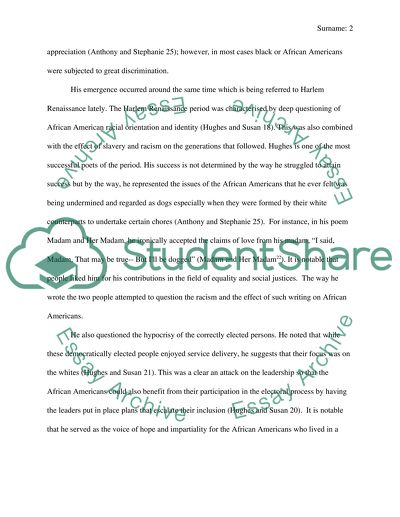Cite this document
(“Contrast the development of the themes of justice and inequality in Research Paper”, n.d.)
Retrieved de https://studentshare.org/english/1473587-contrast-the-development-of-the-themes-of-justice
Retrieved de https://studentshare.org/english/1473587-contrast-the-development-of-the-themes-of-justice
(Contrast the Development of the Themes of Justice and Inequality in Research Paper)
https://studentshare.org/english/1473587-contrast-the-development-of-the-themes-of-justice.
https://studentshare.org/english/1473587-contrast-the-development-of-the-themes-of-justice.
“Contrast the Development of the Themes of Justice and Inequality in Research Paper”, n.d. https://studentshare.org/english/1473587-contrast-the-development-of-the-themes-of-justice.


